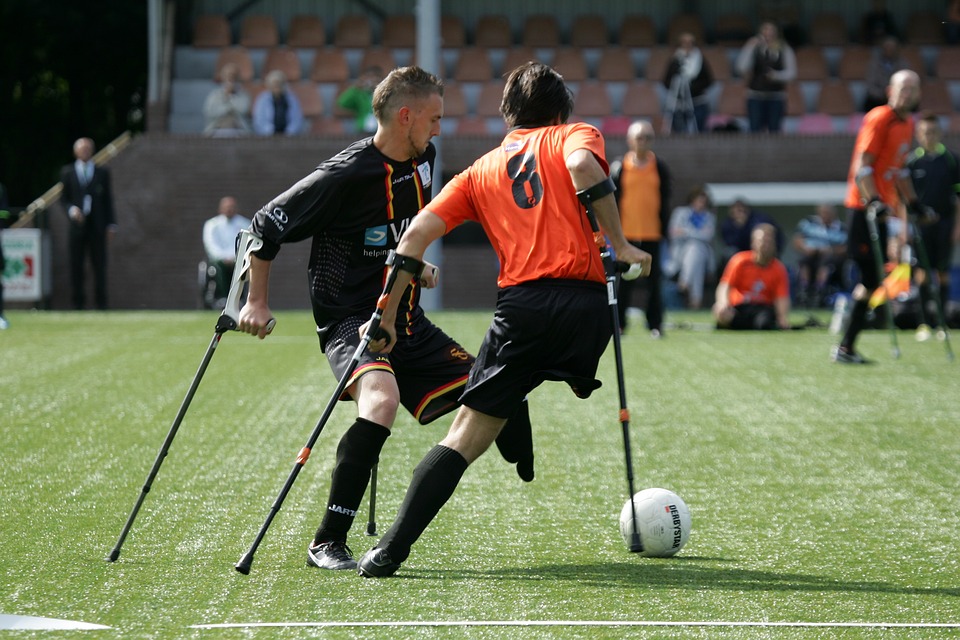Before insulin was discovered in 1921, people with diabetics didn’t live for long; there wasn’t much doctors could do for them. The most effective treatment was to put patients with diabetes on very strict diets with minimal carbohydrate intake. This could buy patients a few extra years but couldn’t save them. Harsh diets (some prescribed...





